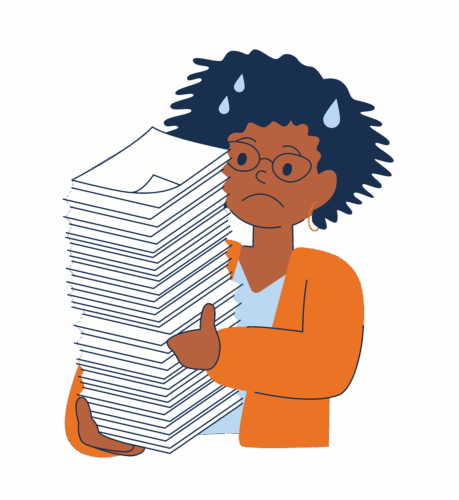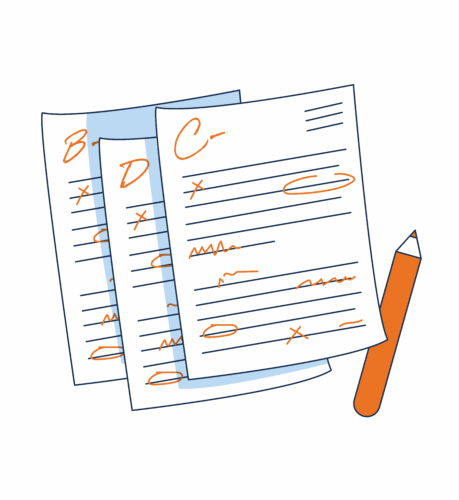Cite this report
Sheehy, M., (2025). State of the States: Building a Strong Teacher Workforce for Students with Disabilities and English Learners. Washington, D.C. National Council on Teacher Quality.
Students with disabilities and English learners make up a growing share of public school enrollment, but chronic shortages and high attrition have created a cycle that leaves students underserved and teachers overwhelmed. If we want all students to succeed, we need to strengthen and support teachers serving these students.

Sheehy, M., (2025). State of the States: Building a Strong Teacher Workforce for Students with Disabilities and English Learners. Washington, D.C. National Council on Teacher Quality.
Lorelei is a seasoned special education teacher with over a decade of experience. After one of the four special ed teachers at her previous school left midyear, she absorbed much of the extra work, taking on nearly 50 students—twice the district’s recommended caseload.

The district attempted to fill the vacancy—but despite its efforts, no qualified candidates applied. The pool of qualified candidates simply didn’t exist.

What was meant to be a short-term stopgap became her daily reality. With too many students and too little time, she couldn’t provide the level of support her students needed and deserved. Stressed and burnt out from the unrelenting workload, she decided to leave.

A closer look at student data makes one thing clear: Stories like Lorelei’s aren’t the exception—they’re often the rule.
But it doesn’t have to be this way. States have powerful policy levers at their disposal to strengthen their workforce, help districts support teachers, and ultimately improve outcomes for these students.
